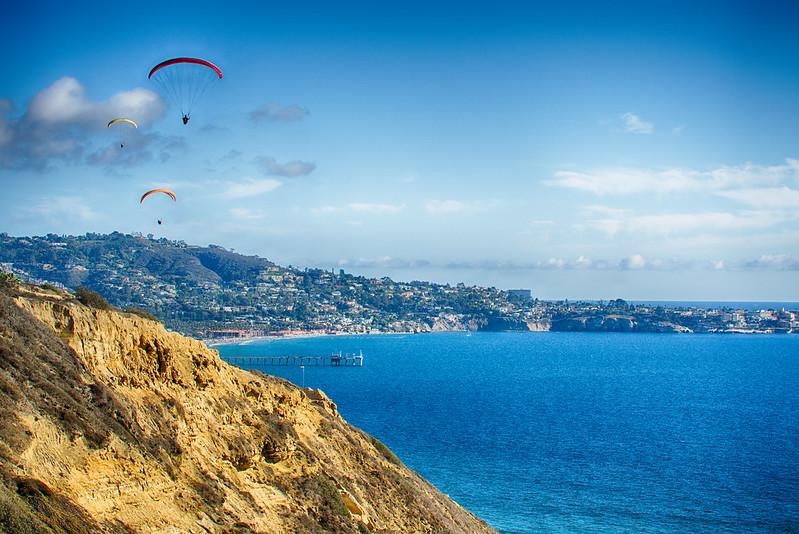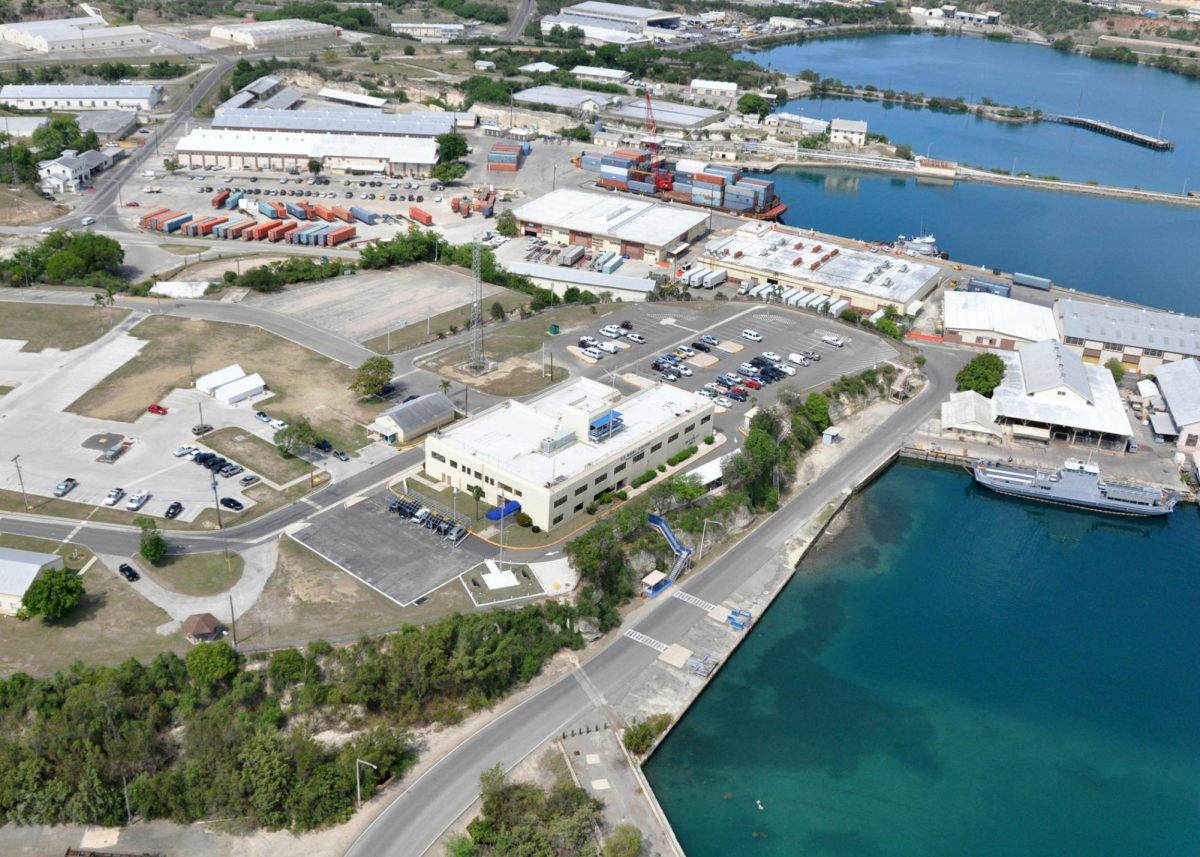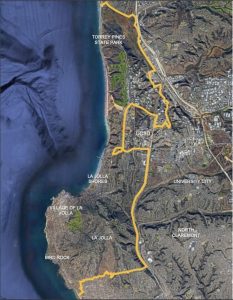Sea Spray Aerosol from Coastal Water Pollution Exposes People to Bacteria, Study Finds
Mar 12, 2023
A new study published in Environmental Science & Technology found that coastal water pollution can transfer to the atmosphere as sea spray aerosol, reach humans on land by blowing onshore, and expose them to bacteria.
According to the paper, sea spray aerosol forms “by breaking waves and bursting bubbles that eject [it] into the atmosphere.” Common contaminants include sewage, plastics, drugs, insecticides, fuels, oils, metals, detergents, and fire retardants.
Lead author of the study Dr. Matthew Pendergraft, a recent graduate from Scripps Institution of Oceanography, explained that while the study focused on the coasts of Imperial Beach, California and the Tijuana River, the researchers’ findings apply to all polluted coastal waters. However, he did note that additional work is needed to evaluate which coastal communities are at higher risk than others.
“Half the human population lives in the coastal region … within 50 to 100 miles of the coast,” Pendergraft said. “[Their waste] ends up in the ocean, one way or the other. This study [is] relevant to many coastlines, worldwide … What we’re reporting on, this aerosolization of coastal water pollution, doesn’t happen just here.”
Notably, aerosols in general can travel long distances, as Pendergraft emphasized.
“Aerosols commonly cross continents and oceans. That’s a very common occurrence. There’s a lot of research that demonstrates that.”
He explained that this means that polluted sea spray aerosol will also travel great distances, but they become increasingly diluted in the atmosphere the further they go. Therefore, people are exposed to weaker pollution and bacteria the farther from the coast they are.
“Sea spray aerosol, even polluted sea spray aerosol, will travel very far distances, but [they] become less and less abundant in the air,” Pendergraft said. “Someone far away could breathe in polluted sea spray aerosol but at extremely low levels — a few particles per liter of air.”
While Pendergraft stated that further research is necessary to find whether sea spray aerosol from polluted coastal waters can cause negative health outcomes, he shared that there is evidence that direct exposures, like swimming or surfing, and indirect exposures, such as eating seafood, to polluted coastal waters can cause illness.
“Upwards of a hundred thousand people get sick from entering polluted coastal waters or eating seafood from polluted coastal waters,” he said. “The exact number is never known for the whole globe and each year, [since] it’s not reported every time someone gets sick.”
Still, he clarified that though they found bacteria present in sea spray aerosol, the researchers did not determine whether they were still viable at further lengths nor what their potential health outcomes might be. This is, he expressed, still a public health concern.
“This is a public health issue — very much so … ” Pendergraft said. “This research doesn’t demonstrate whether or not illness is occurring, but it does demonstrate that there is a potential risk to public health from this mechanism and exposure pathway.” Furthermore, Pendergraft shared that aerosolized coastal water pollution is another public health concern; it is a form of air pollution.
Dr. Rosana Aguilera, a research data analyst and environmental health scientist for SIO who studies the effects of air and water pollution on public health, describes impacts on human health as including ear infections, eye infections, and gastrointestinal issues. “These pollutants get into the water and then people get in contact with these bacteria, viruses, chemical pollutants while in the water, through the water, eyes, mouth, ears, nose.”
Aguilera explained that a major problem with coastal water pollution is outdated infrastructure for sewage.
“There are some places where the same drains can carry either stormwater or sewage,” she says. “There’s so much stormwater coming in during these extreme rain events because this system can be overburdened and then sewage also ends up being overflown toward the ocean [while] going to the treatment facility, for example. These systems can be perhaps even more overwhelmed when there are really extreme rain events.”
This is the case in San Diego; when it rains, sewage and rainwater flow directly into the ocean without treatment.
“That’s … by design; that’s not a fluke,” he says. “If you’re ever at the beach, … where the street meets the beach, there will be a pipe. If it’s raining, and it’s flowing, that’s our gutter water flowing right into those coastal waters.”
This is because in San Diego sewage is treated on land and pumped offshore. But the distance between there and its beaches is not very far. “Offshore is not hundreds of miles away; offshore is a mile away — pretty short distances, given that ocean currents move things around.”
The implications of untreated sewage or other major coastal pollution events are more impacts to public health.
“When we have major pollution events, millions of gallons of sewage are transported to the coastal waters,” said Aguilera. “Two thirds of [the year 2020, Imperial] Beach was not available to people because of contamination from sewage … There are many potential and also documented implications for ecosystem health and public health.”
Pendergraft explained increasingly extreme precipitation events, which will also become more common in our changing climate, will lead to more instances of infrastructure becoming overburdened. Climate change will likely exacerbate coastal water pollution, which will worsen exposure to pathogens through sea spray aerosol.
“The treatment plants get overwhelmed when it rains,” he says. “There is so much water to treat that they have to divert it — as in, send that stream of polluted waters not through the wastewater treatment plant but around it.”
When considering what is needed to be done to prevent pathogen exposure to humans through polluted coastal waters, Pendergraft suggested that in the immediate future, those living in or near coastal areas can use what’s called a Corsi-Rosenthal Box, an effective, relatively inexpensive DIY air filter, in which filters are taped to box fans.
Though he stated that more work must be done on the viability of pathogens in sea spray aerosol potentially causing negative health outcomes, Pendergraft hopes that in the future there might be a more desirable solution.
“Ideally, we would never have polluted coastal waters; if we don’t have polluted coastal waters, we don’t have polluted sea spray aerosol,” he said. “Zero water pollution is probably impossible, but we have a lot of room for improvement, both in the border region and beyond.”
Photo by Taylor Sanderson for UCSD Guardian

















Hitesh • Mar 14, 2023 at 2:59 am
Good Article